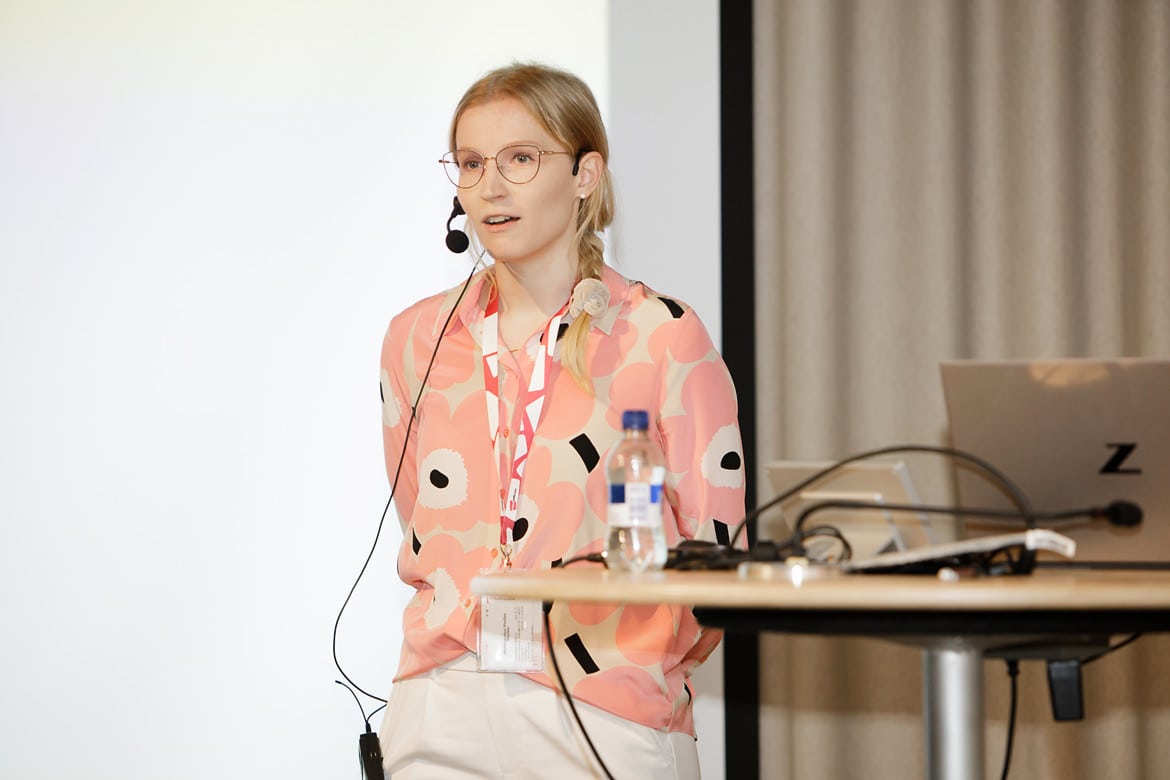5th Nordic RWE and AI conference – 28-29 January 2025, Helsinki
5th Nordic RWE and AI conference is organized by University of Helsinki and Åbo Akademi University. Register to the event here!
Single-arm research designs are challenging for a pharmaceutical reimbursement and marketing authorisation process. Virtual control groups help in assessing the cost-effectiveness of a medicine, if there is no comparison group.
How to assess the effect of a market-accessing cancer medicine on a patient’s survival? Traditionally, this can be done by comparing in a clinical trial two different patient groups, i.e. those that receive treatment with the new study medicine and those that have been treated with medicine that was already used in the market.
The traditional design is changed by single-arm research designs used, in addition to orphan drugs, currently also when studying new cancer medicine intended for specifically limited patient groups. A single-arm clinical trial does not include a control arm, i.e. a group that would not receive the new medicine.
Medaffcon’s Data Scientist Johanna Vikkula talked about virtual control groups at Medaffcon’s customer event.
Single-arm research designs are challenging for a medicine’s reimbursement and market authorisation process. How to assess the real cost-effectiveness of a very expensive medicine if there is no comparison group?
Hospital medicine is covered with tax funds in Finland and the authorities deciding on the reimbursement have to think whether the effect of a new medicine on, for example, a patient’s survival is significant enough to spend a remarkable amount of money.
– Register material and other healthcare data can bring answers to support the decision-making of authorities. They help to create a virtual control group of current treatment for a single-arm study, told Vikkula.
Finland’s strengths, according to Vikkula, include extensive and high-quality registers.
– Virtual control studies can be here produced in a cost-effective manner. Register data naturally always includes challenges and, for example, incorrect entries. It will never receive the specificity of clinical trials but may well result in 90 per cent accuracy and overall picture.
Medaffcon’s Data Analyst Lead Iiro Toppila reminded that the permission processes for receiving data are often long, which is why one should start early on with a project.

Medaffcon’s Data Scientist Johanna Vikkula talked about virtual control groups at Medaffcon’s customer evening
According to Johanna Vikkula, when establishing virtual control groups, the start reminds a typical RWE project.
– First, included patients are identified, for example, with diagnosis codes. In addition to this, data is collected on the patients’ use of healthcare services as well as, for example, laboratory visits, medicine and hospitalisation.
After identifying the virtual control group and collection of data, the patients are matched, which can be done at different precision rates. Matching means that the virtual control group collected from the register material must fulfil the inclusion and exclusion criteria of the clinical trial. It would be desirable to be able to match the virtual control group with the patient group of the clinical trial also, for example, with regard to age.
– However, that requires that there is information of patient-level data in the clinical trial. The optimal situation would be to access the patient-level data also with regard to the results of the treatment. However, that can be challenging, says Vikkula.
Matching can, according to Vikkula, be conducted at several levels and in numerous manners. The matching manner is determined by the availability of patient-level data of the clinical trial.
– In any case, one must be attentive in the conclusions drawn from the data.
The participants to the Emma also asked from the present Fimea and Hila representatives about their views on virtual control groups.
Fimea’s Leading Specialist Piia Rannanheimo stated that comparative effectiveness data is needed, which makes the virtual controls useful. However, she reminded that virtual controls are usually historical controls, since they are based on existing healthcare data.
– When a new treatment is introduced, often other treatments develop also for those not receiving the new treatment. This is good to take into consideration, which is why an analysis conducted on a virtual control group does not always describe the expected treatment results of those receiving comparison treatment at the moment.
Hila’s Senior Specialist Kalle Aaltonen, in turn, told that virtual control groups are absolutely better than nothing.
– On the basis of single-arm clinical trials, one cannot assess relative effectiveness at all, which means that a virtual control arm is one alternative to receive comparison data. I would be glad to always see precisely how virtual control arms have been conducted and I will be happy to also review the codes of the statistical programme, stated Aaltonen.
Fimea’s Head of Assessment Vesa Kiviniemi discusses his views on single-arm case series in Medaffcon’s blog. In the post, Kiviniemi tells that the European Medicines Agency seems to have changed its line in the approach towards a single-arm case series. Approximately 10 years ago, it was very rare that a medicinal product received a market authorisation with a single-arm case series, but now it has become more common.
Medaffcon’s data scientist Johanna Vikkula talked about virtual control groups at Medaffcon’s customer evening organised at Espoo Museum of Modern Art Emma on 14 Sep 2022.
Read a post written by Johanna Vikkula in our RWE-themed blog Health from Data: Virtual control arms provide more data for decision making

5th Nordic RWE and AI conference is organized by University of Helsinki and Åbo Akademi University. Register to the event here!

Artificial intelligence (AI) is transforming research and working life across various industries. But what is its significance in health data analysis and real-world evidence (RWE) research? Medaffcon’s experts, Juhani Aakko and Lisse-Lotte Hermansson, share their perspectives on AI in their work.

Pharmaceutical companies should consider Finland when evaluating locations for Real-World Evidence (RWE) studies. The country boasts numerous strengths that make it an outstanding choice for real-world data-based (RWD) research. “Finland’s strong tradition and extensive experience in utilizing healthcare registries for research make it unique,” says Dr. Riikka Mattila, Scientific Advisor at Medaffcon.